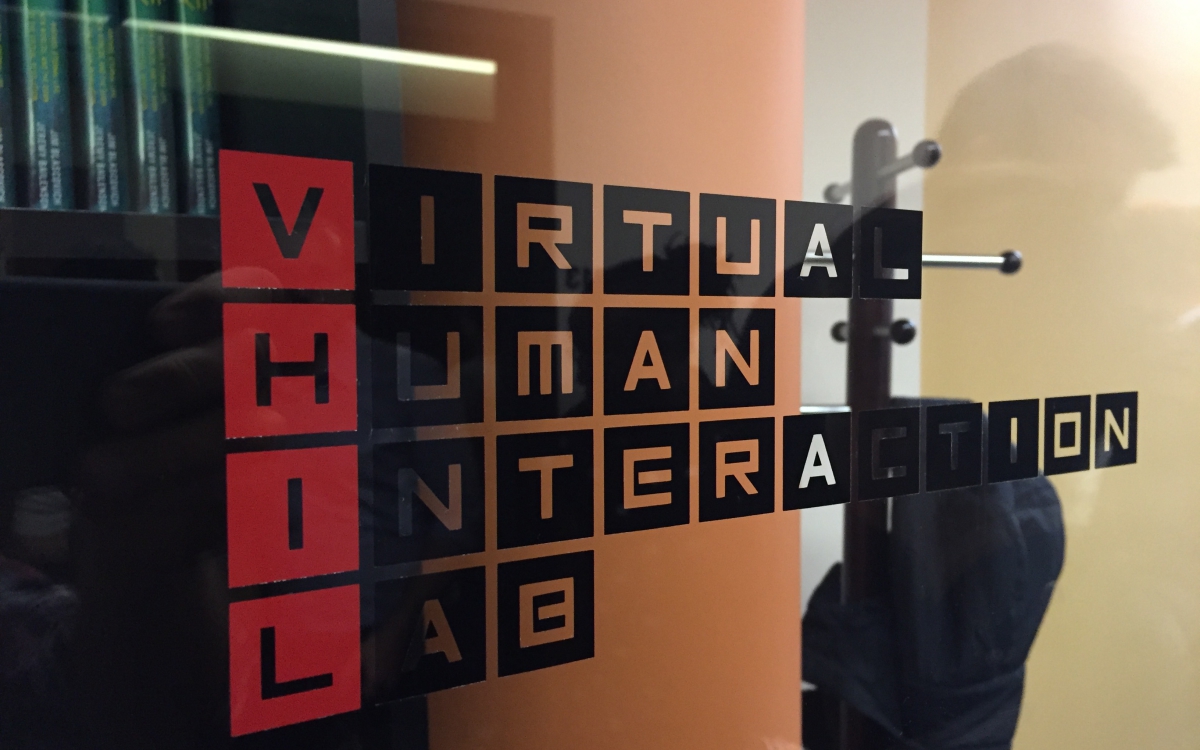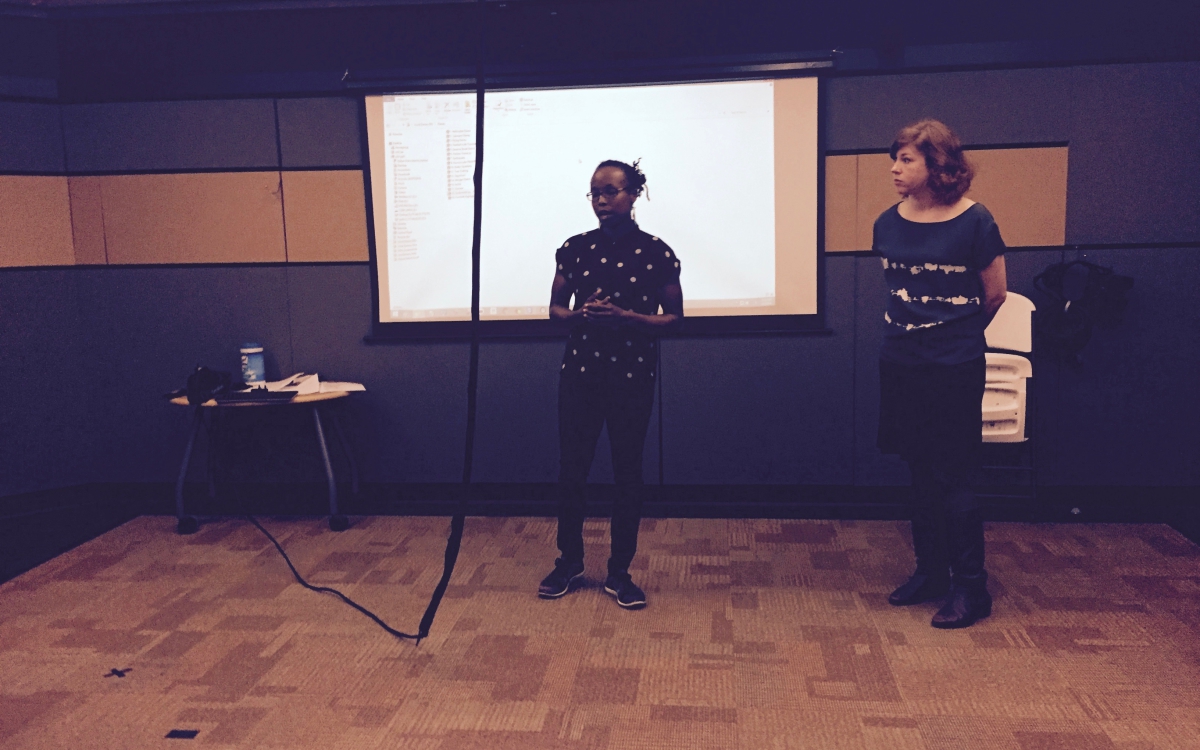#eduinnovation – Virtual Human Interaction Lab, Stanford
Das Virtual Human Interaction Lab untersucht das Verhalten von Menschen innerhalb digitaler und VR Umgebungen sowie Spielen. In manchen Projekten liegt der Fokus auf der Empathie, die Immersion oder das Lernverhalten in VR Welten. Im Bereich des Lernens gibt es beispielsweise Experimente, in denen der User als Dozent (mit einer VR Brille aufgesetzt) eine virtuelle Klasse unterrichtet – dabei wird untersucht, wie oft es zu Blickkontakten kommt.
«A virtual classroom gives researchers the freedom to conduct experiments with complete control over the actions and appearance of virtual teachers, classmates, and surroundings. In collaboration with researchers from the Graduate School of Education, we are investigating the interactions between class subject, learning environment, and classroom makeup on participants’ interest and learning in a virtual class. Through the virtual world, we are also able to precisely monitor participants’ behavior in the classroom, and look for correlations between these behaviors and learning outcomes.
Prior work in the lab has shown that believing one has had a social interaction in a virtual environment can increase arousal, focus attention, and improve learning. Further, experiments from the non-virtual world have been replicated and expanded in virtual reality, including studying stereotype threat imposed by avatars and examining gestures used in solving math problems.»
Der Lab verfügt über Räume, ausgestattet mit VR Brille, 3D Lautsprechern, Tracking und vibrierendem Boden um immersive Erlebnisse zu schaffen.
vhil.stanford.edu
Interessant für die ZHdK:
Bau dein eigenes Werkzeug, Inhalte spielerisch zugänglich machen, VR-Lab, Forschung
Dieser Beitrag entstand im Rahmen der Education Innovation Tour 2016.


